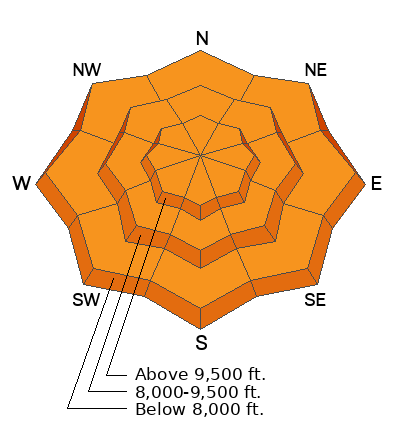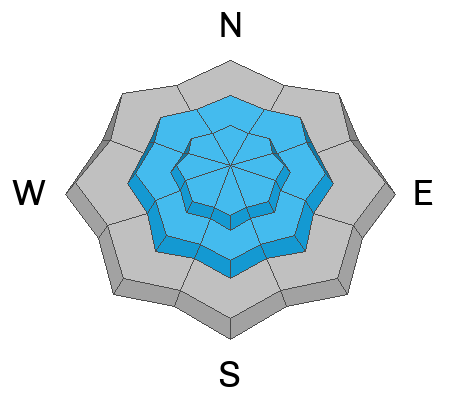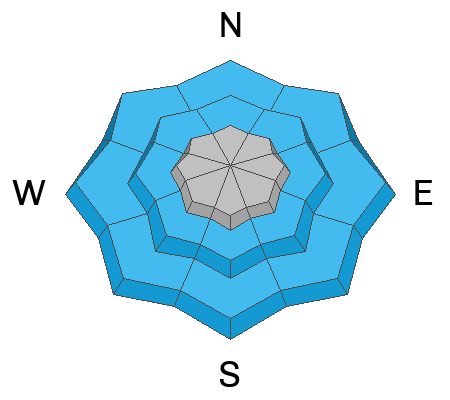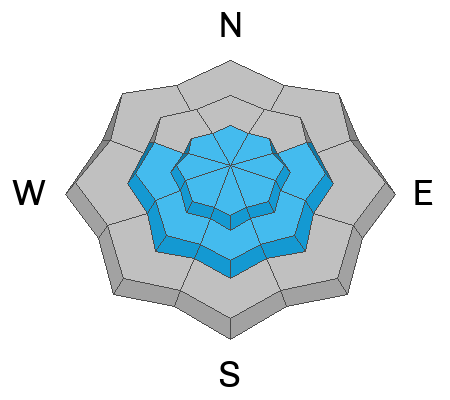Forecast for the Provo Area Mountains

Issued by Dave Kelly on
Tuesday morning, February 20, 2024
Tuesday morning, February 20, 2024
The avalanche danger in the Provo Area Mountains is CONSIDERABLE where you are likely to trigger a wind-drifted snow avalanche near ridgetops and on the leeward side of terrain features at higher elevations. This storm pattern is ideal for the Provo area to receive higher precipitation rates and the likelihood of rain on snow means natural wet snow avalanches are possible at mid and low elevations.
Careful snowpack evaluation, cautious route-finding, and conservative decision-making will be essential today and if in doubt travel on terrain less than 30 ° in steepness.

Low
Moderate
Considerable
High
Extreme
Learn how to read the forecast here









